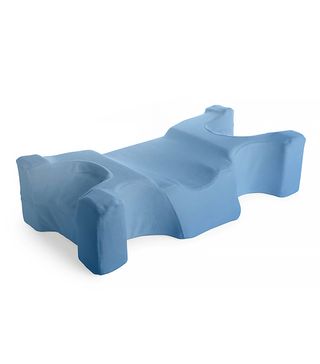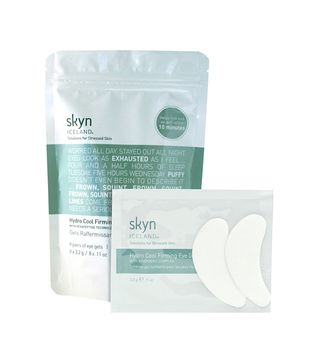Is Your Sleep Position Unknowingly Aging You?


We've been told for years that the amount of sleep we log each night can have a direct impact on the way we look. After all, when we get anything less than a full seven or eight hours, pesky dark circles, discoloration, and puffiness annoyingly can begin to plague our complexions. But did you know something as simple as your sleep position could also cause premature signs of aging?
Up until recently, we had no idea. Many of the common aging factors are obvious: sun exposure, smoking, squinting—the list goes on. But then there are things like sleep position that fly under the radar (for example, yo-yo dieting weakens the elastin in your skin, causing wrinkles). To investigate, we're breaking down the most common sleep positions to explain how they may contribute to fine lines and wrinkles.
Keep reading to find out if you're giving yourself sleep wrinkles and what you can do about it.
Sleep Wrinkles vs. Sleep Expression Lines
Expression lines are created by muscle contractions in your face. Over time, the repetition of facial expressions like frowning, smiling, pursing your lips, and squinting leaves lasting lines. Sleep wrinkles are not caused by muscle movement. Instead, they form as a result of pressing your face into the pillow while you sleep. Considering that you probably spend more of your time sleeping than you do frowning, sleep-induced wrinkles could be aging you more than you know. Even worse, they're more difficult to treat. With expression wrinkles, you can wear sunglasses to block UV exposure and prevent squinting, and you stop them right in their tracks with a quick Botox injection, but the only way to prevent sleep lines is to adjust your sleeping position.
Sleeping on Your Stomach
Sleeping on your stomach with your face smashed into the pillow might be the worst sleeping position if you're concerned about sleep-related wrinkles. If you've ever woken up and noticed vertical lines or sleep marks on your face, you've already seen a preview of the sleep wrinkles that are forming. For stomach sleepers, it's often forehead lines.
Sleeping on Your Side
Sleeping on your side has actually been shown to be beneficial for your health, however, it can also create vertical creases down your cheeks and chin. This position also reinforces vertical expression wrinkles, like frown lines and lines around your lips. When you favor one side over the other, it becomes very easy to see which side that is, so alternating your position can help alleviate symptoms.
Sleeping on Your Back
The best way to avoid sleep wrinkles is to avoid facial contact with the pillow by sleeping on your back. Sleeping on your back is also a good way to dodge breakout-causing bacteria on your pillow and to allow fluid to drain properly, thus preventing puffy eyes.

Next up: seven bedroom updates to make for a good night's sleep.
This post was published at an earlier date and has been updated by Erin Jahns.
Disclaimer
This article is provided for informational purposes only and is not intended to be used in the place of advice of your physician or other medical professionals. You should always consult with your doctor or healthcare provider first with any health-related questions.

Jane Birkin
Who are your 5 favorite people to follow on Instagram?@somethingnavy @phoebejtonkin @jenavieve @beautyisboring_ @ctilburymakeup
What's the beauty essential you can’t live without?Concealer
What's your desert island album?Hall & Oates Voices
What's your favorite Byrdie.com story? 7 Beauty Secrets To Steal From India, The Middle East, and Beyond See More-
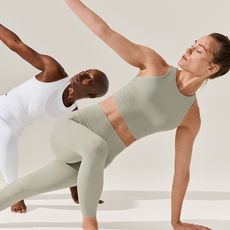 I Live for Yoga and Pilates—These Are the Pieces That Help My Flow
I Live for Yoga and Pilates—These Are the Pieces That Help My FlowTake notes.
By Humaa Hussain
-
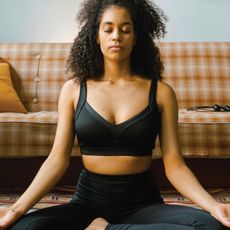 It's Time to Get Our Nutrition in Check for Summer—This App Is Making It Easy
It's Time to Get Our Nutrition in Check for Summer—This App Is Making It EasyThe recipe ideas are endless.
By Who What Wear
-
 If You're Battling With Digestive Issues, This Could Be Why
If You're Battling With Digestive Issues, This Could Be WhyTurns out, you may not have IBS after all.
By Kia Topps
-
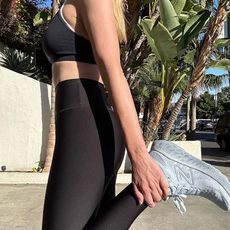 Our Editors Own a Lot of Sneakers, But This Pair Comes in First Place Every Time
Our Editors Own a Lot of Sneakers, But This Pair Comes in First Place Every TimeA major win.
By Aniyah Morinia
-
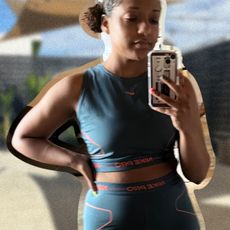 I Changed My Mind About Strength Training When I Tried This Workout
I Changed My Mind About Strength Training When I Tried This WorkoutMy confidence is officially on 10.
By Kia Topps
-
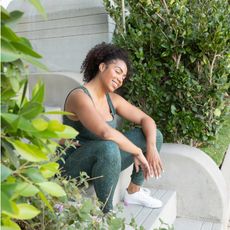 This Type of Gear Will Take Your Workout to the Next Level
This Type of Gear Will Take Your Workout to the Next LevelBring it on.
By Sarah Yang
-
 6 Essential Oils That Will Heal Your Painful Sunburns
6 Essential Oils That Will Heal Your Painful SunburnsAll-natural relief ahead.
By Samantha Parsons
-
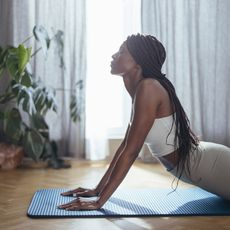 The Activewear Accessory That Can Change Your Yoga Practice
The Activewear Accessory That Can Change Your Yoga PracticeIt's so helpful.
By Sarah Yang
